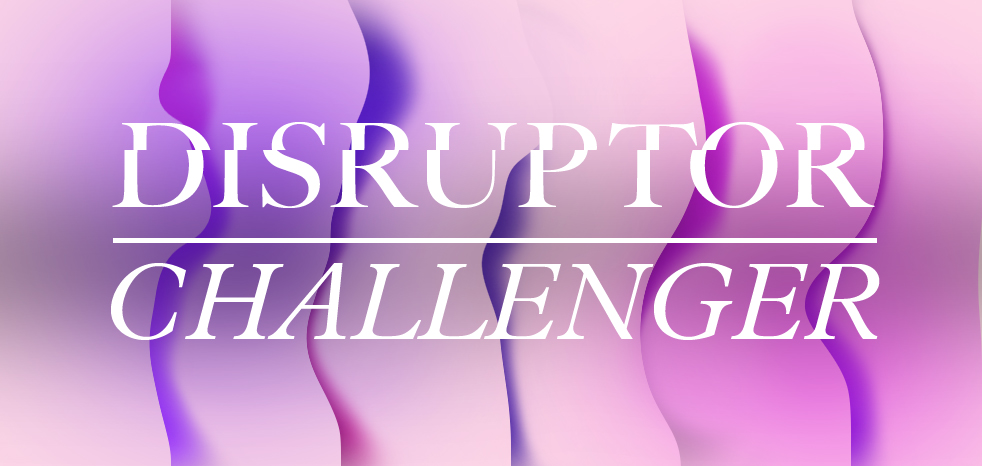 10
Sep, 2018
10
Sep, 2018
Think of some of the hugely successful brands shaking up industries or transforming consumer habits. Say Uber, Airbnb or Aldi for example. Often they’re described as being either a disruptor brand or a challenger brand. These terms might sound like they’re similar, but they’re actually very different.
Here at Sketch Corp, we know that helping you understand your brand is crucial to the success of your business. It’s what we do every day. So when a client recently asked us what the difference was between a Disruptor brand and a Challenger brand, we thought a clear explanation was in order.
So what is the difference?
A Disruptor brand is generally a game changer in an industry. They’ve spotted a gap in the market and a better way of delivering what the customer needs.
They might not be the first to do something, but they make sure they’re the best at it. They give the perception that they’re somehow NEW or the only brand around that can give the customer what they’re after.
Think of ride sharing giant Uber or the world’s largest accommodation sharing site Airbnb. Huge advancements in technology and the rise of smartphone use has helped them turn an industry on its head. And they’re changing long-term consumer behaviour along the way.
Often these Disruptor brands are led by a founder. Like Elon Musk, the charismatic CEO of electric car company Tesla with his social media fan base in the millions.
Disruptor brands also evolve to make sure they keep on meeting the consumers’ needs. And some of them have become part of our language along the way. How often do you hear a successful start-up described as the “Uber of..” something? Or friends discussing what show they recommend “binge-watching” on Netflix?

A Challenger brand on the other hand isn’t the market leader, but they do things differently. They challenge the norm and gathering a loyal following of customers along the way. They don’t always have the resources to match what they want to do, but they’re ambitious nonetheless.
German supermarket chain Aldi is an example of a Challenger brand. They have their own way of doing things. It’s certainly a different shopping experience to the market leaders. The store layouts are the same with that middle mystery aisle. Pack your own bags and pay quickly or you’ll hold up the line at checkout. And make sure you’re front of the queue on Special Buys Day!
But it’s all resonating with consumers. This year, Roy Morgan’s Net Trust Score survey crowned ALDI the most trusted brand in Australia replacing the iconic flying kangaroo, Qantas.

As The Challenger Project highlights, Challenger brands are “rewarded with significant and sustained growth through their marketing actions”. Not that they won’t change it up and disrupt the way they’re doing things if they feel the industry is changing quickly and it’ll help them continue to grow their customer base.
Whether a Challenger or a Disruptor or another type of brand altogether, it’s critical to be clear in knowing what your brand is all about. This is where marketing experts can help you narrow down your brand’s purpose, architecture, positioning and target audience to get your message across.
